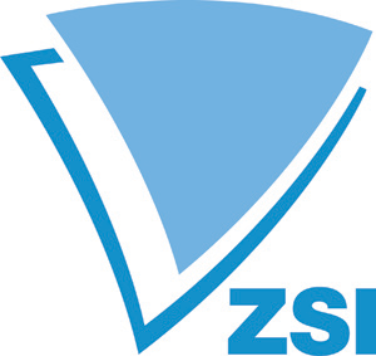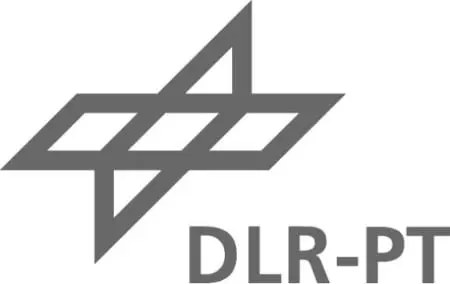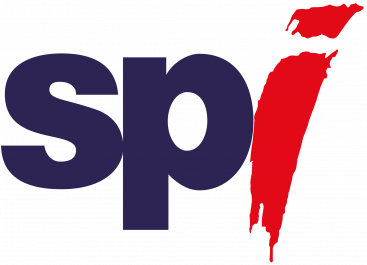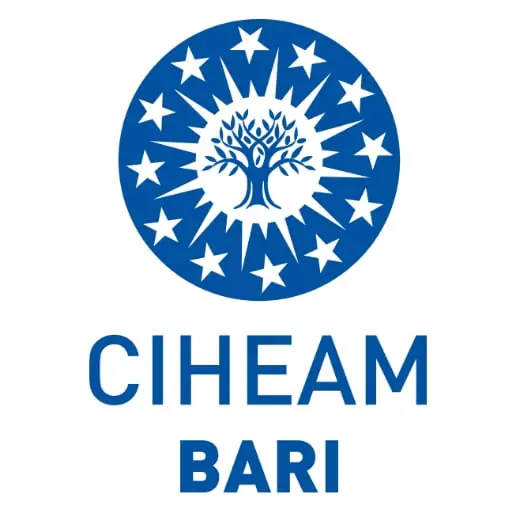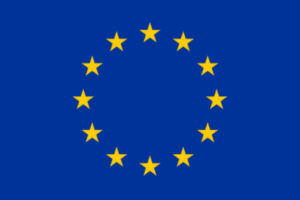
USA
The European Union (EU) and the United States of America (US) have a long-standing and strong alliance in research and innovation. They will continue to work together successfully following the Council’s endorsement in September 2023 of a further five-year extension of the EU-US Science and Technology agreement. The EU-US partnership is converging in critical areas such as global health, climate, energy, environment, and digital technologies and is based on shared principles such as academic freedom, ethics, research integrity, transparency, open science, and evidence-based policy-making. US institutions are eligible for EU funding through the European Research Council and Marie Skłodowska-Curie Actions.
The US has the second highest number of MSCA project participations in H2020 after Switzerland. Almost half of all US MSCA projects were in the field of natural sciences, which is very much in line with EU-US S&T cooperation priorities of bio-economy and marine and Arctic research. However, the second most common field of MSCA projects, engineering and technology, is most closely linked to joint research priorities, including transport research, materials research, road automation, and other transport system improvements. As a result, the US has a very unbalanced flow of mobility into its own country. However, slightly more researchers have been recruited from the US than US nationals have participated in MSCA. This shows that researchers of other nationalities were also recruited from the US to the EU or associated countries.
For more detailed information on the US R&I landscape and MSCA participation, check out the documents below.
Click to download the PDFs:
USA factsheet Marie Skłodowska-Curie Actions
USA R&I cooperation status: Key facts and figures
USA promotion landscape: Key promotion players and potential: USA, plan 1
USA promotion landscape: Key promotion players and potential: USA, plan 2
